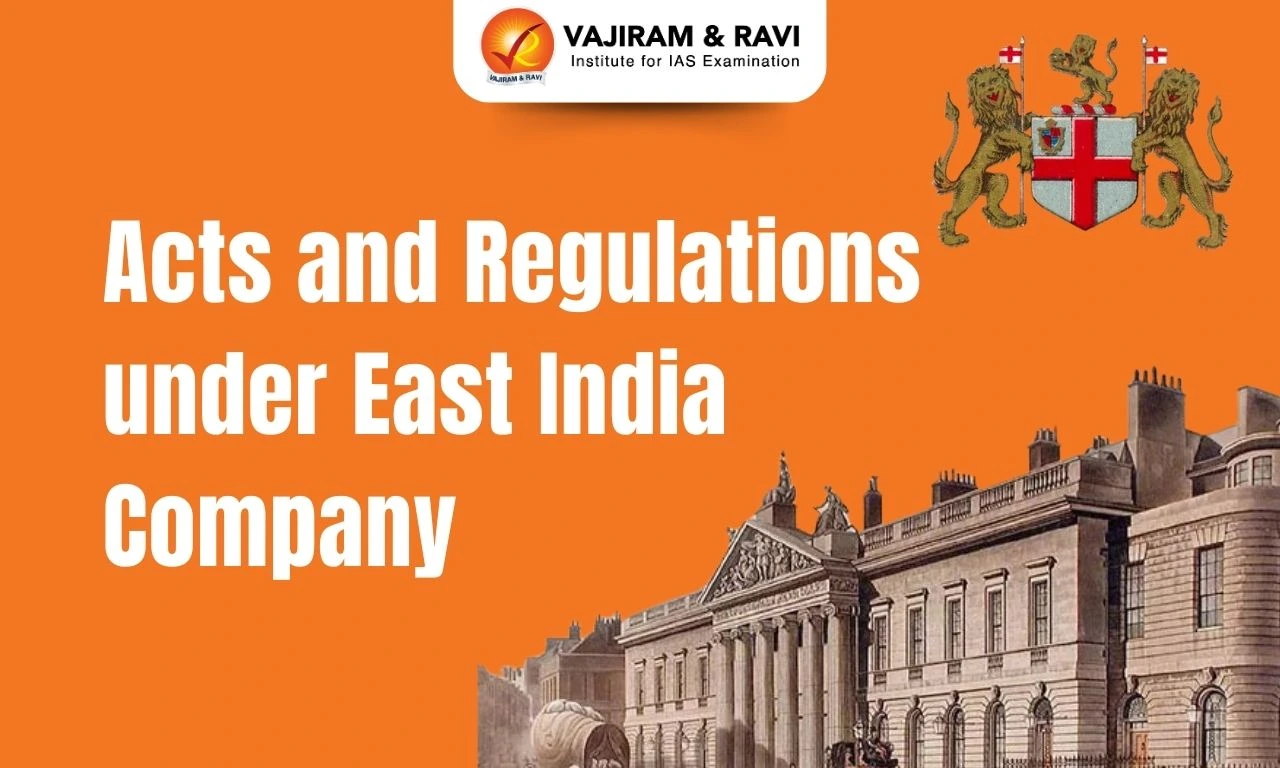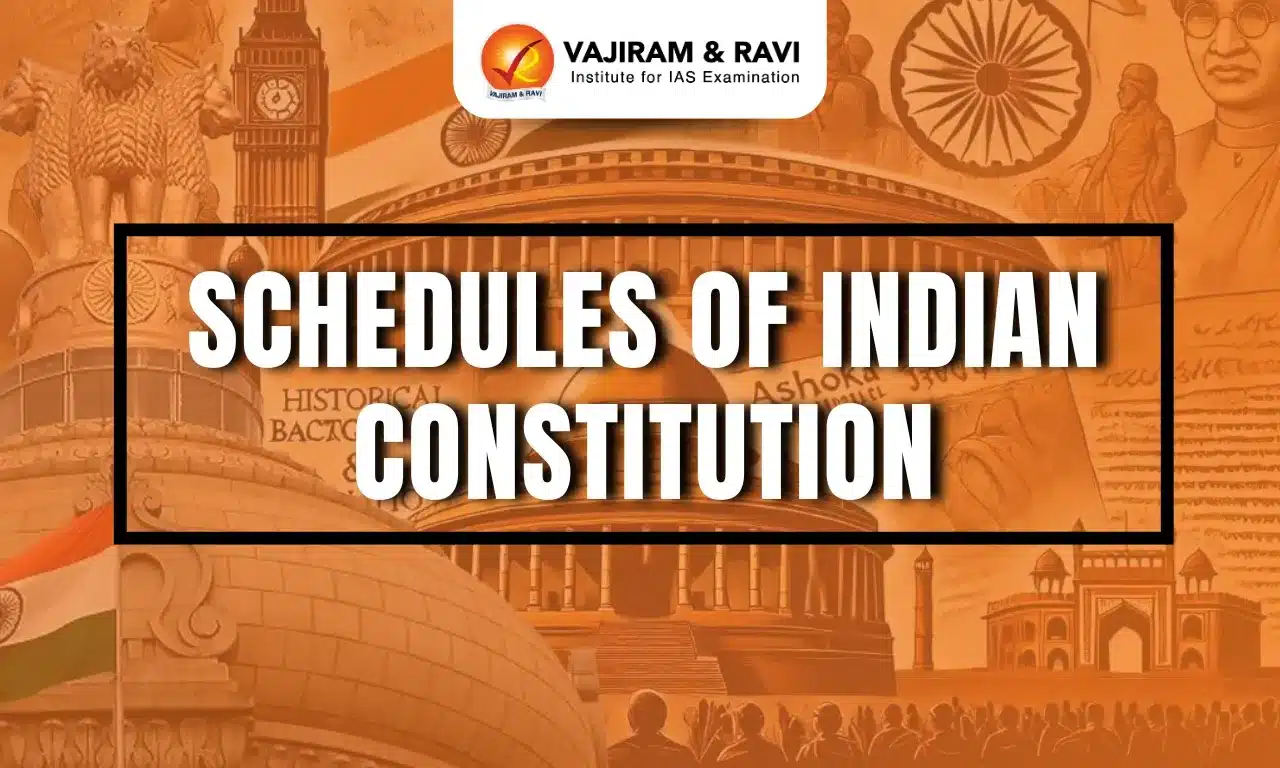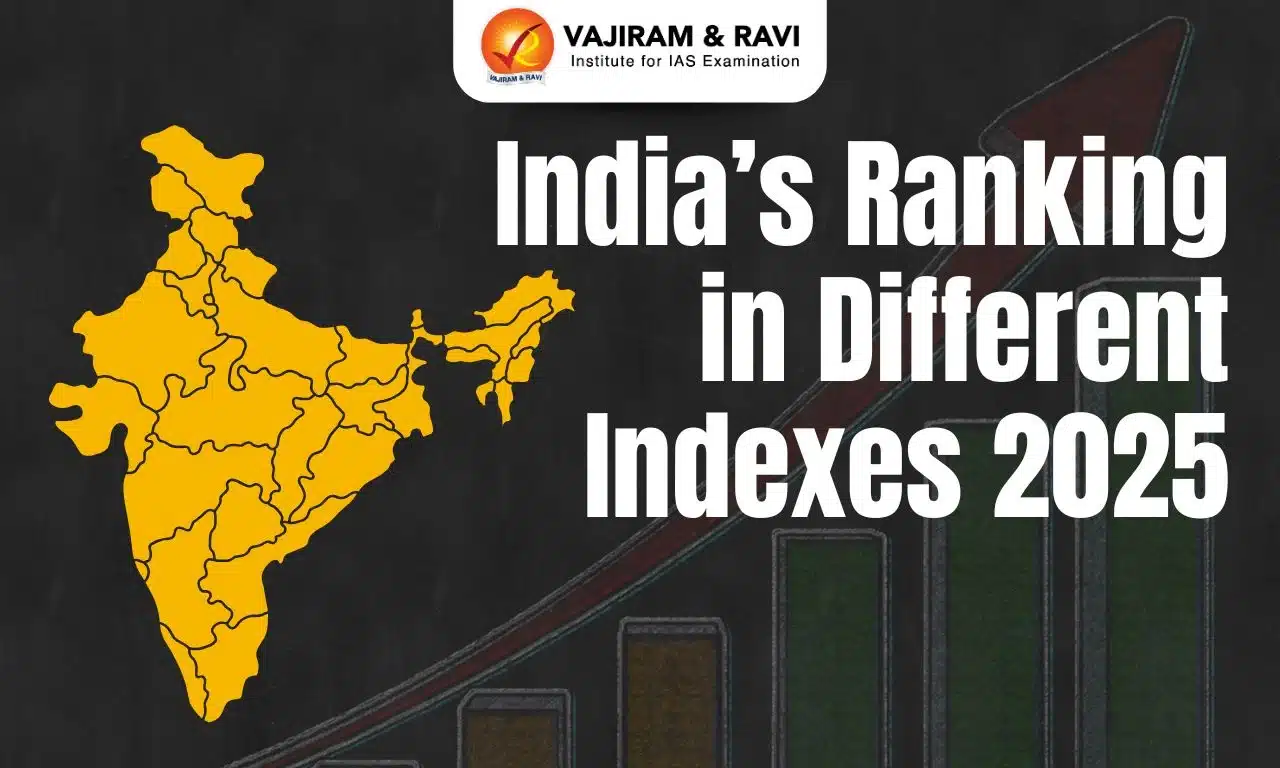The British East India Company ruled over the Indian subcontinent during the period known as “company rule” in India. One theory holds that this began in 1757, following the Battle of Plassey when the East India Company supported Mir Jafar, who succeeded Siraj ud-Daulah as Nawab of Bengal. Another theory holds that this began in 1765 when the Company was granted the Diwani, or the right to collect taxes in Bengal and Bihar, or in 1773 when the Company abolished local rule in Bengal and established a capital in Calcutta.
By renewing the East India Company’s charter for twenty years at a time, the British Parliament maintained control over the organisation. The Company’s commercial rights and trading monopolies were gradually reduced by those granted in 1793, 1813, 1833, and 1853. The Company ruled until 1858, following the Indian Rebellion of 1857 and the Government of India Act.
Background for Acts and Regulations
The Company, a distant authority in Britain, became a powerful empire, combining trader and overlord roles. The British government deemed it unfit to remain outside the state, and even Clive and Hastings considered constitutional relations with the Crown desirable.
- Dual Government: The Dual Government of Bengal was established by the Treaty of Bengal in 1765.
- Clive became Governor of Bengal and Company, the virtual ruler.
- Since his army had been disbanded, the Nawab was only the ruler in his name.
- The administration was handed over to a Deputy Subadar, who would function on behalf of the Nawab but would be nominated through the Deputy Diwan.
- As the offices of Diwan and Subedar were held by the same person, the company’s control was totally established.
- The Indian officials had responsibility but no power, while the Company‟s officials had power but no responsibility.
- Both types of officials were corrupt men.
- Merchant’s jealousy: Other facets of British society were jealous of the Company’s high dividends and the extravagant wealth its officials brought home.
- Parliamentary politics of Britain: The British parliamentary system in the second half of the 18th century was utterly corrupt.
- The Company and its retired officials purchased seats for their agents in the House of Commons.
- Many English statesmen were concerned that the Company and its officials, supported by Indian plunder, might come to dominate British politics.
- Criticism by economists: The emerging school of economists advocating free-trade manufacturing capitalism also attacked the Company’s exclusive rights.
- The father of classical economics, Adam Smith, attacked exclusive businesses in his well-known book The Wealth of Nations.
- Necessity: As a result, it became necessary to reorganise the relationship between the British government and the authorities of the Company.
- The Company found itself in the position of needing to request a loan from the government for £1,000,000.
- The Regulating Act of 1773 was the first significant parliamentary measure pertaining to the Company’s affairs.
Acts and Regulations under East India Company
To serve the interests of the entire influential elite class of Britain, the British decided to control the Company’s Indian administration. The Company’s monopoly over Eastern trade was permitted to continue. The Company’s Directors received administrative control over India. The acts and regulations under East India Company included:
Regulating Act of 1773
The Act altered the Company’s domestic structure, and all Indian territories were subject to some level of oversight.
- Changes: This Act made changes in the constitution of the Court of Directors of the Company.
- The actions of the Company were subjected to the supervision of the British Government.
- Reporting: The Directors were required to present to the Ministry all correspondence pertaining to India’s civil and military affairs as well as its revenues.
- Governor to Governor General: Governor of Bengal was raised to Governor General of Bengal.
- His Council would consist of four members.
- In terms of war and peace, the Madras and Bombay presidencies are under the supervision and control of the Governor General in Council.
- The civil and military administration of the presidency, as well as the control of all lands and revenues in the kingdoms of Bengal, Bihar, and Orissa, were vested in this body.
- Supreme Court: The Act established a Supreme Court at Calcutta to administer justice to Europeans, their employees, and the citizens of Calcutta.
- Defects: The Act placed the Governor-General at the mercy of his Council.
- The Governor-General could be outvoted by three Councillors combined.
- The Governor-General’s control over the other two Presidencies proved inadequate.
- The Act had failed to resolve the conflict between the Company and its opponents in England, who were growing stronger and more vocal.
- No effective control: The Regulating Act soon broke down in practice.
- The British Government had not been given complete and effective control over the Company.
Pitt’s India Act of 1784
The Regulating Act’s flaws and the demands of British politics made the passage of this Act necessary.
- Supreme control: This Act gave the British Government supreme control over the Company’s affairs and its administration in India.
- Board of Control: For the affairs of India, it established the Board of Control, consisting of six Commissioners, including two Cabinet Ministers.
- Its purpose was to direct and oversee the work of the Court of Directors and the Indian government.
- It had the authority to give India direct orders in critical and urgent situations by using a private committee of Directors.
- Governor General Council: The Act gave the Governor-General and a Council of three control over the government of India.
- The Governor-General would be able to get his way if he could win the support of even one member.
- The Governor General was given a casting vote.
- Subordination of presidencies: The Act expressly granted Bengal precedence over the Presidency of Bombay and the Presidency of Madras in all matters relating to war, diplomacy, and finances.
- A new phase of conquest: With this Act began a new phase of the British conquest of India.
- The Company became the instrument of British national policy.
- Thus Indian interests were subordinated to the interests of the British aristocratic class.
- Trade monopoly: The Company was happy because it had maintained its monopoly over trade with China and India.
- Centralisation: The Act laid the foundation of a centralised administration-a process which reached its climax towards the close of the nineteenth century.
- Defects: It had divided authority and responsibility.
- The Governor General had two masters, the Court of Directors and the Board of Control.
- Later changes: The Governor-General was granted the power to override his Council in important matters affecting security, peace, or the interests of the British Empire in India in 1786.
Charter Act of 1793
The Company’s Charter was renewed for 20 years, allowing continued possession of all territories for 20 years.
- Changes pertaining to Governor General:
- Power to overrule: His powers to overrule his council were emphasised and explained.
- Presidencies control: His control over the Presidencies was strengthened.
- During his absence from Bengal, he was permitted to give orders and directives to any Government and Presidency of India without first consulting his council.
- He was able to exercise all of the Central Government’s executive authority.
- Code of regulations: A general code of all laws that could be passed for the internal administration of Bengal’s British colony was established.
- The Indian people’s rights, people, and property were covered by the Regulation.
- It bound the Courts to regulate their decision by the rules and regulations contained therein.
- Foundation: The Act thus laid the foundation of government by written laws and regulations in British lndia in place of the personal rule of the past rulers.
Charter Act of 1813
Features:
- Trade monopoly: The trade monopoly of the Company in India was ended
- Trade with India was thrown open to all Britishers.
- Exclusive trade: Trade in tea and trade with China was still exclusive to the Company.
- Revenue control: The Government and the revenues of India continued to be in the hands of the Company.
- Additionally, the Company kept appointing its officials in India.
Charter Act of 1833
The Act was a great landmark in the history of India.
- The Governor General of Bengal became the Governor General of India.
- Trade monopoly: The Act brought the Company’s monopoly of tea trade and trade with China to an end.
- Debt: The debts of the Company were taken over by the Government of India.
- A 10.5 per cent annual dividend was promised to its shareholders.
- Administration: The Government of India continued to be run by the Company under the strict control of the Board of Control.
- Revenue control: The Board of Control was invented to control the affairs of the Company relating to the revenues of the Indian territory, which vested in the Company in trust for the English Crown.
- Presidency control: The Governor General in Council exercised complete control over Bombay, Bengal, Madras, and other regions.
- Legislative power: The Governor General in Council was given the power to legislate for the whole of the British territories in India.
- These laws were applicable to all persons
- They were enforceable by all courts in India.
- New member: The Act added one more member to the Executive Council of the Governor General, the Law Member, whose work was fully legislative.
- He had no vote in the Council.
- Lord Macaulay, the Law member, influenced the educational policy of the government for a number of years.
- Law Commission: This Act gave the Governor General the authority to appoint the Law Commission, whose job it was to research, compile, and codify the various laws and regulations in effect in India.
- The efforts of the lndian Law Commission resulted in the enactment of the lndian Penal Code and the Codes of Civil and Criminal Law.
Charter Act of 1853
- Separation of functions: By the Act, the separation of the executive and the legislative functions was carried a step further by the provision of additional members of the council for the purpose of the legislation.
- Law member: The Law Member was made a full member of the Executive Council of the Governor General.
- Civil Services: All vacancies in lndia were to be filled in by competitive examinations.
- Provincial representation: Central Legislative Council was to consist of one representative each from the Provinces.
- Directors: The number of Directors was reduced from 24 to 18.
- Six of them were to be nominated by the Crown.
- Legislation as a special function: The “Legislative Councillors” were neatly distinguished from the “Executive Councillors”.
- By doing so, legislation was for the first time treated as a special function of the government requiring special machinery and special procedure.
Following the Government of India Act of 1858, the Company was stripped of all administrative authority, and the Crown assumed control of both its Indian possessions and armed forces.
The Secretary of State for India was guided by a council whose members were chosen by the Crown and took over as the country’s rulers from the Company’s board of directors.
Last updated on June, 2025
→ UPSC Notification 2025 was released on 22nd January 2025.
→ UPSC Prelims Result 2025 is out now for the CSE held on 25 May 2025.
→ UPSC Prelims Question Paper 2025 and Unofficial Prelims Answer Key 2025 are available now.
→ UPSC Calendar 2026 is released on 15th May, 2025.
→ The UPSC Vacancy 2025 were released 1129, out of which 979 were for UPSC CSE and remaining 150 are for UPSC IFoS.
→ UPSC Mains 2025 will be conducted on 22nd August 2025.
→ UPSC Prelims 2026 will be conducted on 24th May, 2026 & UPSC Mains 2026 will be conducted on 21st August 2026.
→ The UPSC Selection Process is of 3 stages-Prelims, Mains and Interview.
→ UPSC Result 2024 is released with latest UPSC Marksheet 2024. Check Now!
→ UPSC Toppers List 2024 is released now. Shakti Dubey is UPSC AIR 1 2024 Topper.
→ Also check Best IAS Coaching in Delhi
Acts and Regulations under East India Company FAQs
Q1. What is debt?+
Q2. What is the Company Rule?+
Q3. Why is the Act of 1813 called the Charter Act?+
Q4. Which Act ended the Company rule in India?+




















